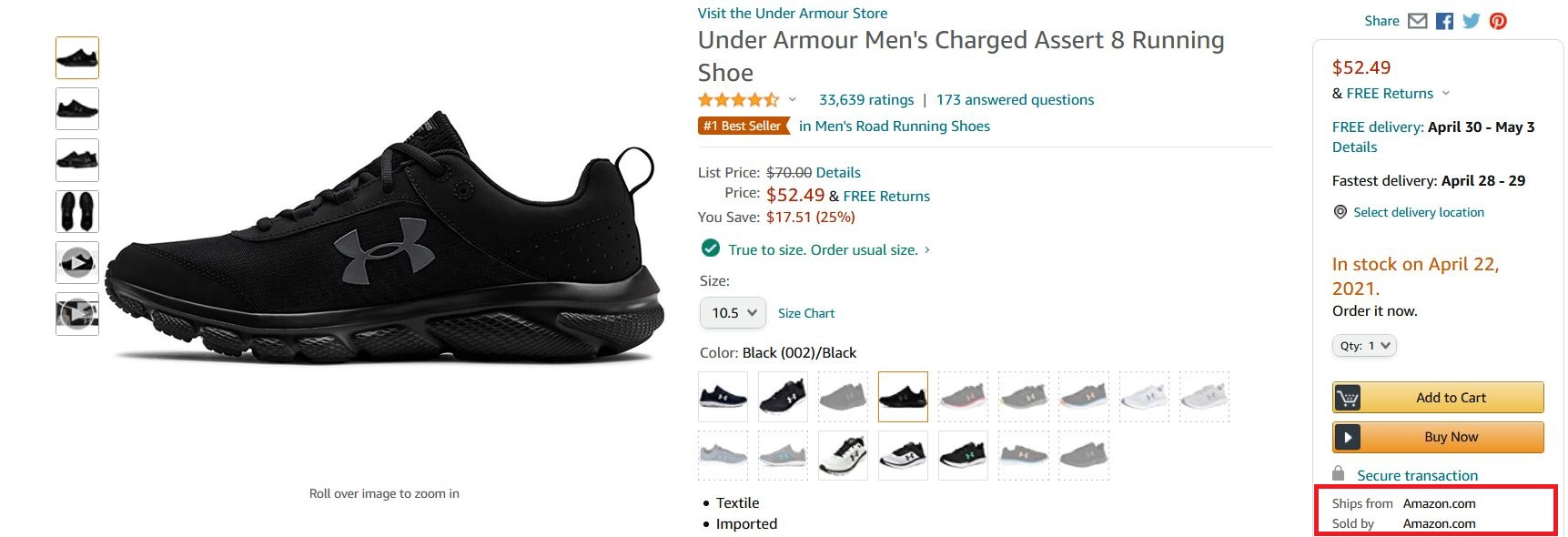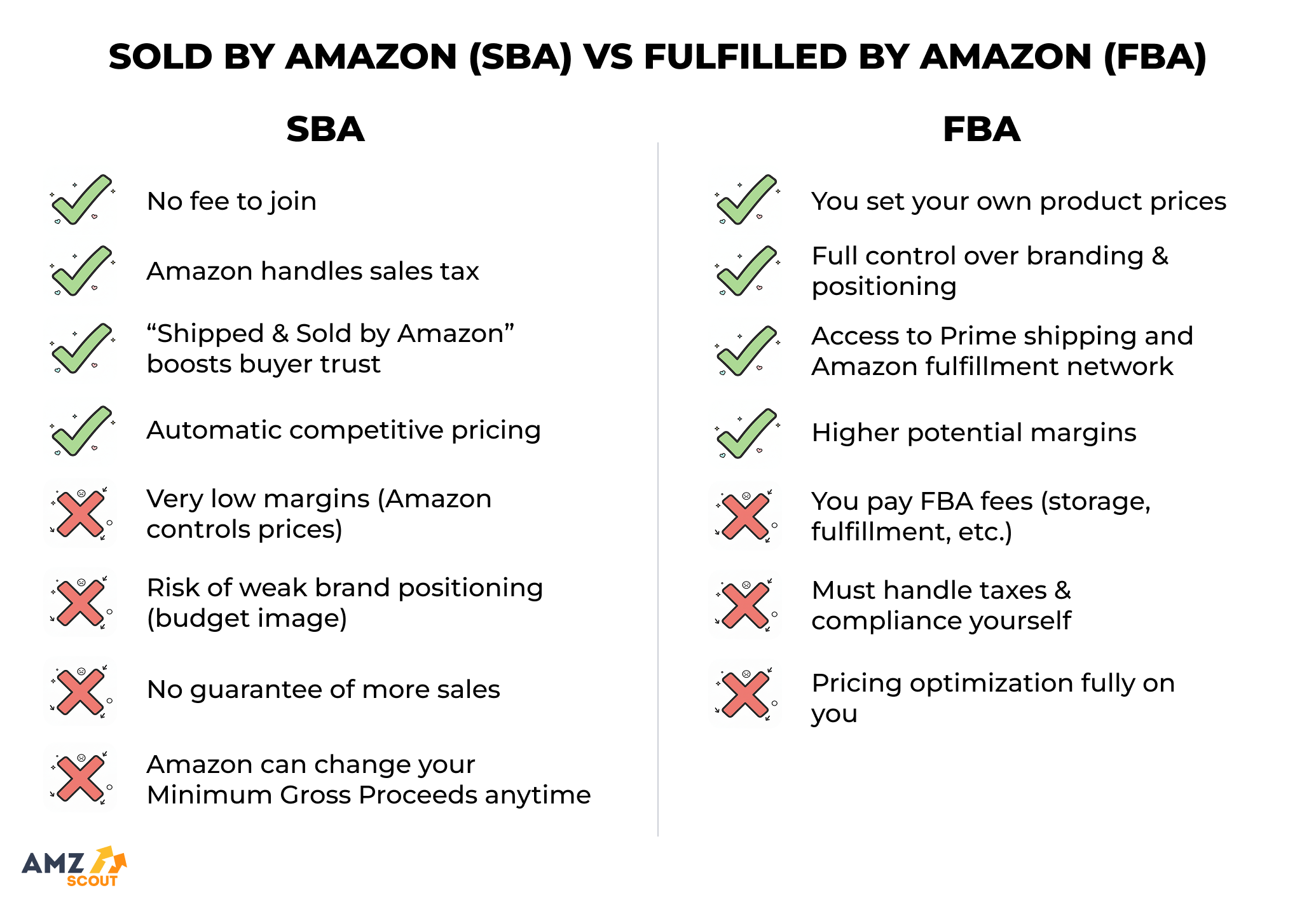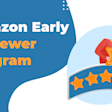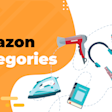
How to Find Items Sold and Shipped by Amazon: 2 Methods
Amazon created the Sold by Amazon Program in 2019 as part of their efforts to continue to provide customers the best possible prices. Notably, out of over 600 million products listed on the marketplace, 12 million of these items are sold by Amazon itself.
In this post, we’ll examine what Sold by Amazon is, how it works, and if it can benefit Amazon sellers.
Table of contents
What is Sold by Amazon (SBA)?
Sold by Amazon (SBA) is a program that allows brand owners to have their products sold and shipped by Amazon. Upon enrollment in the SBA program, the ownership of products is transferred to Amazon, meaning they remain Amazon's property until purchased by a customer.
Sold by Amazon indicates that Amazon is reselling products it has purchased from vendors.
Ships from Amazon means Amazon is responsible for the shipping process.
Sold and Shipped by Amazon suggests that Amazon is both the seller and the shipper of the product.
You still earn the proceeds for any sale, however, you give up control over the product’s pricing. Once a product is in the program, Amazon will use its dynamic pricing engine to automatically price the product in real-time. They will use data from similar products on Amazon as well as prices from other marketplaces.
Because Amazon’s focus is providing the best possible experience for the customer, enrolling in SBA often results in a significant reduction in your product’s prices.
How to Find Items Sold and Shipped by Amazon
Let’s look at two ways you can quickly find stuff that is sold and shipped by Amazon:
1. Sidebar filter on Amazon.com
The first way to find SBA products is to use the sidebar filter on Amazon’s category pages.
Go to Amazon.com via web browser on your laptop or desktop.
Type the product you are looking for into the search field and hit enter.
On the results page, look for the Department section in the sidebar. Click on the department that best matches the product.
On the next page scroll down until you see a section titled Seller in the sidebar. Click the box that says Amazon.com.
The page will refresh with a list of products shipped and sold by Amazon.
You can confirm that a product is sold by Amazon by looking at the product page. In the “buy box” underneath the Add to Cart button, you’ll see Ships from and Sold by labels. SBA products will have Amazon.com next to them.
2. AMZScout PRO AI Extension
The next way to find SBA products is to use the special Amazon sellers’ tool.
Install AMZScout PRO AI extension to Google Chrome or Edge browser.
After you download the extension, go to the Amazon homepage and enter the product into the search bar.
On the results page, click the AMZScout PRO AI button in the bottom left corner of the screen. This will pull up a dashboard with details about the niche and the products on the page.
Look for the far right column labeled Seller. Any product with AMZ in the column is sold by Amazon.
Click the Seller column to make the table sorted by Amazon seller. You’ll then be able to see all AMZ products together.
Difference between Sold by Amazon (SBA) and Fulfilled by Amazon (FBA)
While they’re often confused, Sold by Amazon and Fulfilled by Amazon are two different things.
With SBA, Amazon prices your products and owns any transactions that take place. When an item sells, they pass the proceeds on to you for allowing them to sell your product.
With FBA, you price your products and own the transactions. It is a service where Amazon handles the order fulfillment process for your products.
You start by selecting FBA as the fulfillment method for a product in your Seller Central account when creating the listing. You then pack and ship the items to Amazon before the listing is live. Amazon will store your products in its warehouses. When a customer orders one of your FBA items, Amazon will pick, pack, and ship the items to the customer.
They also handle any post-purchase concerns such as returns or other customer service inquiries.
There are several important benefits to choosing FBA as your fulfillment method including:
Amazon Prime: FBA products are eligible for Amazon’s 2-day shipping.
Better buy box odds: FBA products are more likely to win the buy box for items sold by multiple sellers.
Reduced operational burden: With FBA you don’t have to worry about storing or shipping products, freeing you up to focus on making sales. An increasing number of sellers are turning to Amazon’s streamlined logistics, with FBA adoption reaching 82% in 2025.
Before you start an FBA business you must first choose the product you want to sell. This will involve researching the demand and profit potential for the product.
When evaluating the profit potential for a product you must take into account the various FBA fees. Amazon will charge you for storing and shipping your products, based on the size and type of the product.
You can use the AMZScout Profit Calculator in PRO AI Extension to quickly see the FBA fees and estimated profits for any product on Amazon. This will ensure that you are able to earn your intended margins on your product sales.

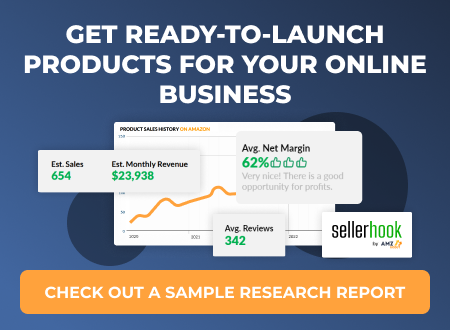
Pros and cons of Sold By Amazon
Let’s examine some of the potential pros and cons of enrolling in the Amazon SBA program:
Amazon SBA pros
Taxes: Amazon will handle sales taxes for any SBA sale and issue a tax-exempt certificate.
No cost: There is no fee to join the program.
Buyer confidence: Customers trust the authenticity of products more when they are listed as Shipped and Sold by Amazon, due to the company's stringent policies and quality controls.
Streamlined pricing: Amazon automatically sets the most competitive prices for your products. This can save you considerable effort if you’re managing many different products.
Product selection: You get to choose which of your products are enrolled in the program.
Listing optimization: Because Amazon only controls the pricing, you still have the ability to optimize your product listings as you see fit.

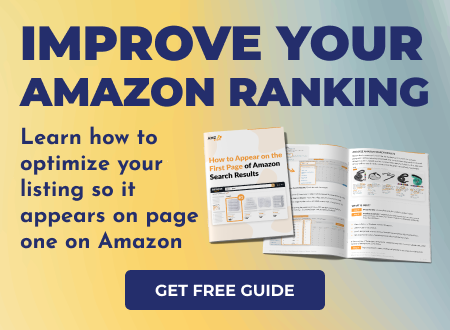
Amazon SBA cons
Minimum gross proceeds (MGP): With SBA, Amazon sets the minimum return for a sale. Because their top priority is giving customers the lowest possible prices, you may find yourself earning very low margins per sale.
Potential for limited to no benefits: Amazon pricing your products does not guarantee more sales. Amazon’s main concern is the customer, not the third-party seller. As a result, the “competitively priced” products may not be what is best for your business.
Negative effect on branding: With really low prices, customers may begin to view your brand as a budget offering. This can affect your ability to build a strong brand reputation that allows you to sell products at a premium.
Changes to minimum gross proceeds: There is a clause in the SBA agreement that the MGP for your products is not fixed. Amazon will review your products after six months and can decide to change the amount. If your MGPs are lowered, you have no choice but to accept the changes or unenroll the products.
In summary, there is no cost to join the program but you may not experience any substantial benefits for joining. As an FBA seller, you already have access to Amazon’s fulfillment network and all the benefits that come with having your products eligible for Amazon Prime.
How to Apply to Sold by Amazon
If you’re already an Amazon seller with a registered brand, applying to Sold by Amazon (SBA) can give your products more visibility and smoother fulfillment. To qualify, your brand must be enrolled in Amazon Brand Registry, which requires a registered trademark. If you’re new to selling, check out how to start selling on Amazon to get your seller account and FBA setup ready.
Once your brand is registered, log in to Seller Central, navigate to the brand section, and submit your SBA application.
Tip: Keep in mind, some categories are restricted, including automotive, beauty, clothing, groceries, health products, jewelry, luggage, sports, and toys. You’ll need Amazon approval before listing items in these categories.
With the application approved, your products will gain the credibility and reach that comes with being Sold by Amazon, making it easier to grow your brand on the platform.
You can check if you have any items eligible for SBA in your Seller Central account.
Go to the Settings menu and select Account Info. If any of your products are eligible for SBA, you’ll see an option to register for the program under the Your Services label.
Clicking Register will register you for the program but will not automatically enroll any of your products.
After you register for the program, the Manage Inventory menu will now include an option titled Sold By Amazon.
Click the link and you’ll see all the products that are eligible to be sold and shipped by Amazon. Next to each product, you’ll see the minimum gross proceeds Amazon has set for the item.
As mentioned earlier, you are not able to change this amount. If you find the amount acceptable, you can then enroll the product in the SBA program.
Conclusion
It is uncertain whether most sellers will benefit from the SBA program. Whether you join the SBA program or not, selling on Amazon requires proper planning and finding the right product to sell.
AMZScout gives you the tools to research any Amazon product or niche. You can quickly know a product’s profit potential, fees, competition, and more. With this knowledge, you can best position your Amazon business for success.
FAQs
How to check if an item is sold by Amazon?
Check the product listing under the “Buy Now” or “Add to Cart” button. If it says “Ships from and sold by Amazon.com,” the item is sold directly by Amazon rather than a third-party seller.
How many products are sold by Amazon?
Amazon sells millions of products across various categories. There are over 600 million products listed on the marketplace, and 12 million of these items are sold by Amazon itself.
How to filter sold by Amazon items?
Use the search filter on Amazon: after searching for a product, select “Sold by Amazon.com” under the “Seller” filter. This ensures you only see items fulfilled and sold directly by Amazon.
What was the first product sold by Amazon?
The first product sold by Amazon in 1995 was a book titled “Fluid Concepts & Creative Analogies” by Douglas Hofstadter. It marked the beginning of Amazon’s journey from an online bookstore to a global e-commerce giant.



